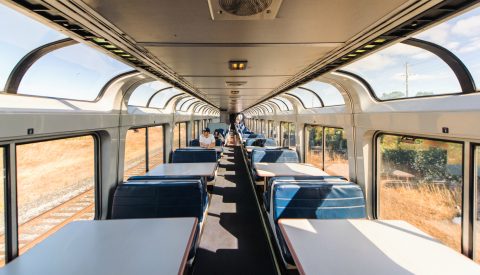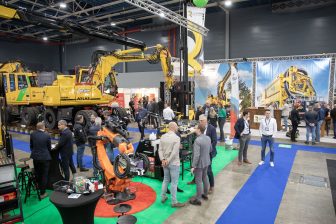
Thibault Constant on why Amtrak has the most pleasant long-distance trains
Amtrak observation car, image: Amtrak
If there is anyone who is experienced in taking the train, it is Thibault Constant. On his Youtube channel Simply Railway he reports on train trips across the world. Having spent more than 300 nights aboard night trains and having reviewed more than 170 train types in 30 countries, what are his main takeaways and how can long-distance train travel be improved?
Want to read more?
You have read all of your free premium articles for this month. Please become a subscriber to keep reading.
Subscribe now!
Take advantage of our exclusive offer to get full access to all premium content.




Europe used to have the really nice TrenHotel from Madrid to Paris. You could have a great dinner while travelling past places like the walled city of Avila. Sadly long gone. I always wonder what happenedd to the equipment they used. But otherwise, I have to agree, Amtrak can give you some really good multi-day travelling experiences with great scenery and good food.